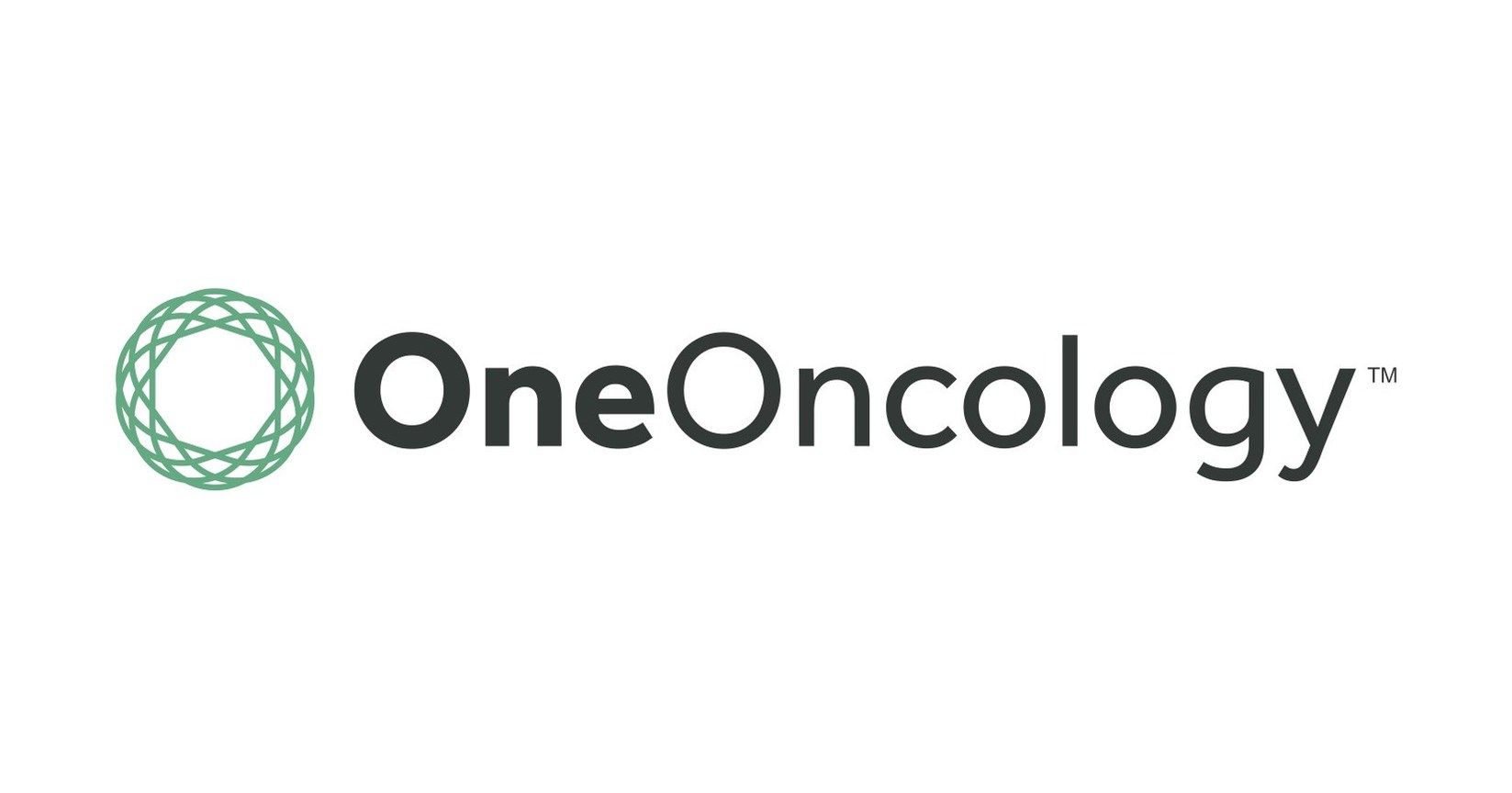Article
Reports Look at How Cost-Sharing Among the Insured Fuels Rise in Medical Debt
Author(s):
The Consumer Financial Protection Bureau and the Kaiser Family Foundation have both examined how rising cost-sharing and the complexity of medical billing put patients at a disadvantage when they are most vulnerable. Patients tell the CFPB that bill collectors are calling even when they can't get complete information about the medical bill in question.
Measuring how many consumers have insurance has limits in evaluating how well that coverage is working for them, according to new reports that look at the role of medical debt.
Medical collections account for more than half of all collections that appear on consumer credit reports (52%), even though the average amounts are relatively small, according to a report form the Consumer Financial Protection Bureau (CFPB) that was examined by the Kaiser Family Foundation (KFF).
KFF has a long-term interest in how medical debt affects consumers and their decision-making about healthcare; the foundation’s earlier study found that 1 in 3 Americans struggle to pay for healthcare, and 70% who do so are insured.
Rising cost-sharing—with employers asking consumers to shoulder more of the cost of their care—has been 1 factor in this phenomenon. KFF analyzed the CFPB report in light of purchasing trends on the marketplace exchanges, where silver plans are the most popular. As designed, each metal level may have a smaller monthly premium, but this is offset by higher deductibles and out-of-pocket costs, depending on the nature of procedure or the event.
Oncology groups, for example, have expressed concern in the past year that consumers who are newly insured through the marketplaces may not realize how much cost-sharing their plans require following a cancer diagnosis, until it is too late.
On the plus side, the KFF report said there is promise in an element of the Affordable Care Act (ACA), that calls for the Statement of Benefits and Coverage, which requires plain English explanations of what is and is not covered. As discussed in the CFPB report and by Kaiser, some of the challenges in medical debt arise when consumers become confused about what they actually owe. However, as KFF notes, this requirement has not been fully implemented.
Why are consumers confused? Bills and the “Explanation of Benefits” (EOBs) form can do more harm than good, as the decentralized nature of medical billing confounds even educated patients. As the CFPB report notes:
“The consumer can receive EOBs and bills months after the time of treatment and may be uncertain about what financial obligation he or she actually has. These sources of potential confusion increase the likelihood the consumer will hesitate or delay paying a medical provider’s bill because the consumer does not recognize or understand the information contained on the bill. Considerations and questions might include whether the amount was already paid by his or her insurance, whether the correct amount was billed, or whether the consumer actually received the billed treatment.”
“With the combination of lack of price transparency and the third-party insurer’s relationship with the different providers, the consumer is left with having to review each medical bill carefully and seek verification from providers or insurers when questions arise.” The KFF analysis notes that consumers are more likely to be overwhelmed by the jargon and complexity of bills when they are sick.
Complaints to CFPB included those from consumers who said they were being harassed by bill collectors even though they said they lacked enough information to determine whether the medical bill should actually be paid. The CFPB noted that failure to pay could harm a patient’s credit score, even though research showed that medical debt was not a good indicator of a person’s general creditworthiness.
Finally, this week’s KFF analysis looks at the presence of consumer assistance programs, which were authorized by the ACA and must aid all types of patients, regardless of the type of insurance.
Around the Web
Medical debt among insured consumers: the role of cost sharing, transparency and consumer assistance
CFPB reports consumer credit, medical and non-medical collections




